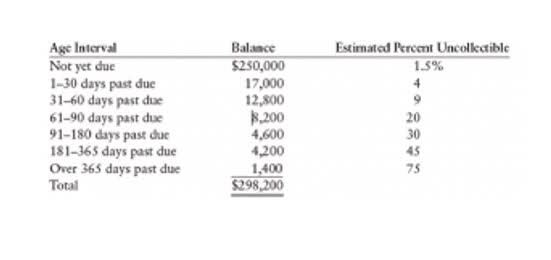
Keep track of your stock, purchases and sales with our handy inventory spreadsheet. While retail accounting isn’t a separate discipline of accounting, the difference is that there’s a greater focus on inventory, which we’ll explain in this guide. Synder bookkeeping simplifies the process of recording transactions, ensuring that each transaction is accurately logged with details about the cost, client, and product.
Valuation Differences
- This method helps businesses keep track of every item in their inventory without grouping them.
- Accounting software keeps track of all of your finances, including purchase and sales orders, created invoices, accounts receivable, and accounts payable.
- The power of retail accounting lies in its ability to transform raw data into actionable insights.
- Retail bookkeeping, on the other hand, is the day-to-day process of recording these financial transactions.
- Financial accounting is designed to help those who don’t have access to inside business information, such as shareholders, lenders, and regulators.
The FIFO method would be best to use in this scenario if customers took dice out of the bottom of your bucket. We have financial relationships with some companies we cover, earning commissions when readers purchase from our partners or share information about their needs. Our editorial team independently evaluates and recommends products and services based on their research and expertise.
- This number shows the in-between of how much the business paid for purchased inventory and the selling price.
- You can outsource accounting tasks, hire an in-house accountant or try to do the accounting yourself.
- As a result, they have no choice but to react with a deep markdown that will have a significant negative impact on the bottom line.
- Luke O’Neill writes for growing businesses in fintech, legal SaaS, and education.
- It takes a business’s financials and presents them in a way that showcases how it’s doing in terms of assets, liabilities and shareholders’ equity.
- FIFO, which stands for “First-In, First-Out,” is a retail accounting method based on the assumption that the oldest items in your inventory are the first to be sold.
When to choose retail inventory accounting
Think about what your business needs to decide which method is best for you. Starting with the advantages—retail accounting can help you quickly estimate your inventory balance, especially when doing multichannel inventory management. It’s also convenient since you don’t have to physically count inventory every time.

Let’s Take Your Bookkeeping to the Next Level!
Join over 1 million businesses scanning & organizing receipts, creating expense reports, and more—with Shoeboxed. The best way to understand this method is to walk through a step-by-step scenario. Of course, this gets more retail accounting vs cost accounting complicated when there is more than one type of item with different prices. Luke O’Neill writes for growing businesses in fintech, legal SaaS, and education. He owns Genuine Communications, which helps CMOs, founders, and marketing teams to build brands and attract customers.


NetSuite is one example of software that offers cost accounting capabilities. It’s versatile, customizable and integrates easily with a variety of other tools your business may already be using. Activity-based accounting (ABC) assigns overhead costs to products and services to give you a better idea of what they cost.
- It’s a simpler way to track inventory allowing you to get an estimate of your inventory costs.
- The cost accounting method, which assesses a company’s production costs, comes in a few broad styles and cost allocation practices.
- Lean accounting is designed to streamline accounting processes to maximize productivity and quality.
- The repeated trade-off in any accounting method is accuracy versus expediency.
- This method is frequently employed by retail businesses dealing with time-sensitive products, like trendy fashion items or perishable goods typically found in convenience stores.
